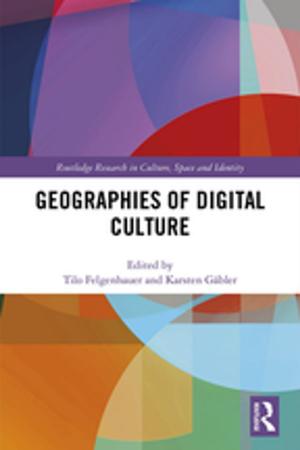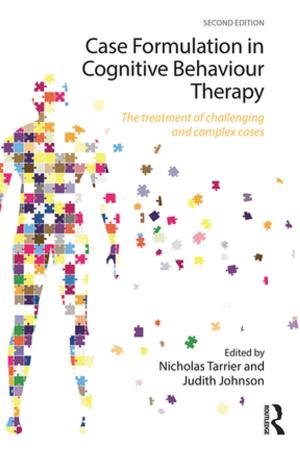The New Significance of Learning
Imagination's Heartwork
Nonfiction, Reference & Language, Education & Teaching, Educational Theory, Educational Reform, Philosophy & Social Aspects| Author: | Pádraig Hogan | ISBN: | 9781135193218 |
| Publisher: | Taylor and Francis | Publication: | December 4, 2009 |
| Imprint: | Routledge | Language: | English |
| Author: | Pádraig Hogan |
| ISBN: | 9781135193218 |
| Publisher: | Taylor and Francis |
| Publication: | December 4, 2009 |
| Imprint: | Routledge |
| Language: | English |
Should education be understood mainly as a practice in its own right, or is it essentially a subordinate affair to be shaped and controlled by a society’s powers-that-be?
What difference does it make if students are chiefly viewed as recipients of a set of skills and knowledge, or as active participants in their own learning?
Does education have a responsibility in cultivating humanity’s maturity, or are its purposes to be effectively matched to the functional requirements of a globalized age?
The New Significance of Learning explores these and other high-stakes questions. It challenges hierarchical and custodial conceptions of education that have been inherited as the ‘natural order’ of things. It discloses a more original and imaginative understanding of educational practice, illustrating this understanding with frequent practical examples.
Among the merits highlighted by this approach are:
- a recognition that education is first and foremost an invitation to join a renewed experience of quest and disclosure;
- a realisation that taking up and pursuing such an invitation is a basic right, as distinct from a privilege to be bestowed or withheld;
- an awareness of the decisive importance of specific kinds relationships in practices of teaching and learning;
- an emphasis on the human qualities as well as the intellectual achievements nourished by dedicated communities of learning;
- an acknowledgement of partiality – of incompleteness and bias – in even the best of humankind’s learning efforts;
- the emergence of a distinctive ethical orientation for education as a practice in its own right.
Should education be understood mainly as a practice in its own right, or is it essentially a subordinate affair to be shaped and controlled by a society’s powers-that-be?
What difference does it make if students are chiefly viewed as recipients of a set of skills and knowledge, or as active participants in their own learning?
Does education have a responsibility in cultivating humanity’s maturity, or are its purposes to be effectively matched to the functional requirements of a globalized age?
The New Significance of Learning explores these and other high-stakes questions. It challenges hierarchical and custodial conceptions of education that have been inherited as the ‘natural order’ of things. It discloses a more original and imaginative understanding of educational practice, illustrating this understanding with frequent practical examples.
Among the merits highlighted by this approach are:
- a recognition that education is first and foremost an invitation to join a renewed experience of quest and disclosure;
- a realisation that taking up and pursuing such an invitation is a basic right, as distinct from a privilege to be bestowed or withheld;
- an awareness of the decisive importance of specific kinds relationships in practices of teaching and learning;
- an emphasis on the human qualities as well as the intellectual achievements nourished by dedicated communities of learning;
- an acknowledgement of partiality – of incompleteness and bias – in even the best of humankind’s learning efforts;
- the emergence of a distinctive ethical orientation for education as a practice in its own right.















